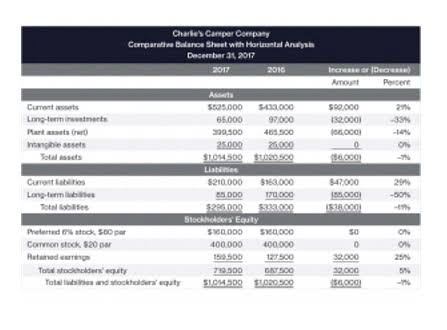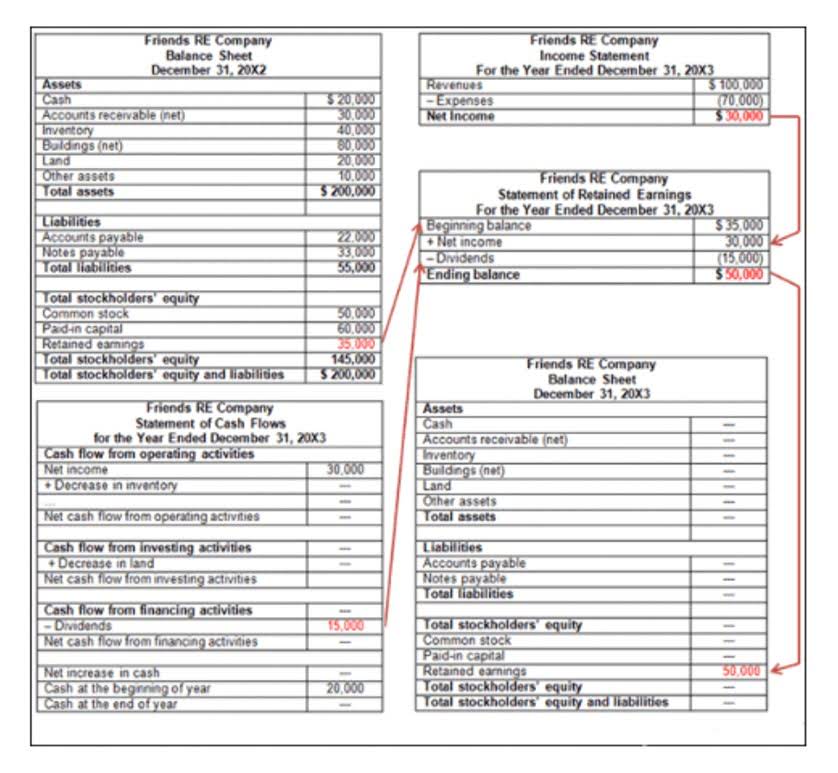
The updated federal tax withholding tables, released in early 2018, largely reflected the lower tax rates and the increased standard deduction brought about by the new law. This generally meant taxpayers had less tax withheld in 2018 and saw more in their paychecks. However, the withholding tables couldn’t fully factor in other changes, such as the suspension of dependency exemptions and reduced itemized deductions. As a result, some taxpayers could have paid too little tax during the year if they did not submit a properly-revised W-4 withholding form to their employer or increase their estimated tax payments.
What are the safe harbor rules for underpayment penalties?
If you don’t pay enough tax through withholding and estimated tax payments, you may have to pay a penalty. You also may https://www.bookstime.com/articles/accounting-for-photographers have to pay a penalty if your estimated tax payments are late, even if you are due a refund when you file your tax return. Taxes must be paid as you earn or receive income during the year, either through withholding or estimated tax payments. If you are in business for yourself, you generally need to make estimated tax payments. Estimated tax is used to pay not only income tax, but other taxes such as self-employment tax and alternative minimum tax.

How Individual Partners Pay Estimated Tax

To determine the right amount to withhold, use the Tax Withholding Estimator , available on estimated tax IRS.gov. Then, based on its recommendations, they can use Form W-4, Employee’s Withholding Allowance Certificate, to tell their employer how much tax to withhold from their pay. Anyone can change their withholding any time during the year.

Business tax payments
- Revisit your partner’s Form W-4, which instructs employers how much tax to withhold from each paycheck.
- There are special rules for farmers, fishermen, and certain higher income taxpayers.
- You had no tax liability for the prior year if your total tax was zero or you didn’t have to file an income tax return.
- Your total tax was zero if the line labeled «total tax» on Form 1040, U.S.
- If you end up overpaying your estimated taxes, you won’t be subject to any penalties.
- Check with your state’s tax agency to learn about its withholding and estimated tax payment requirements.
In that case, the plan administrator must withhold a flat 20% for taxes. You can avoid the 20% withholding by having the money sent directly to the rollover IRA or another eligible account. Taxes won’t be withheld from Roth account distributions because those payments aren’t taxable. People who generally may have estimated tax payment obligations are 1099 workers, W-2 workers who are not withholding enough to cover their tax bill, businesses, and some investors. Certain states may also require you to pay estimated taxes.

The calculations can get complicated quickly, so it’s a good idea to consult with a qualified tax preparer if you have What is bookkeeping questions. Plus, there are special rules for farmers, fishermen and certain household employers. Another method is to estimate your annual tax liability based on what you’ve already earned during the year. Essentially, you estimate your tax bill at the end of each quarter based on a reasonable expectation of your income and deductions so far this year. For nonperiodic payments from pensions or retirement accounts, 10% is automatically withheld from the taxable portion of the payment unless you request a different percentage using Form W-4R. (Again, give it to the plan, pension or IRA custodian.) Withholding generally can’t dip below 10% for nonperiodic payments sent abroad.
Check your inbox
The IRS is waiving the estimated tax penalty for many taxpayers whose 2018 federal income tax withholding and estimated tax payments fell short of their total tax liability for the year. The usual percentage threshold is 90 percent to avoid a penalty. If you didn’t pay enough tax throughout the year, either through withholding or by making estimated tax payments, you may have to pay a penalty for underpayment of estimated tax. There are special rules for farmers, fishermen, and certain higher income taxpayers. Please refer to Publication 505, Tax Withholding and Estimated Tax, for additional information.
- Several kinds of non-wage earnings are subject to estimated taxes, including freelancer income, self-employed earnings, prizes, dividends, and realized capital gains.
- Instead, they are due in January, April, June, and September.
- For additional information, refer to Publication 505, Tax Withholding and Estimated Tax.
- If you put the wrong amount the IRS usually catches that and will adjust your refund or tax due.
- Additionally, you’ll need to owe less than $1,000 in taxes after factoring in withholdings and credits before you have to make any estimated payments.
- When you file your annual return, you’ll likely need to attach an extra form — IRS Form 2210 — to explain why you didn’t send equal payments.
- Pay now or schedule payments up to a year in advance.
- Corporations must deposit the payment using the Electronic Federal Tax Payment System.
- Farmers, fishermen and people whose income is uneven during the year may have different rules.
- Please visit the link below for instructions to do so.
- Since I closed my bank account I do not know how much I have sent.
- Taxes must be paid as you earn or receive income during the year, either through withholding or estimated tax payments.
If you put the wrong amount the IRS usually catches that and will adjust your refund or tax due. Pay now or schedule payments up to a year in advance. Sandra Habiger is a Chartered Professional Accountant with a Bachelor’s Degree in Business Administration from the University of Washington. Sandra’s areas of focus include advising real estate agents, brokers, and investors.